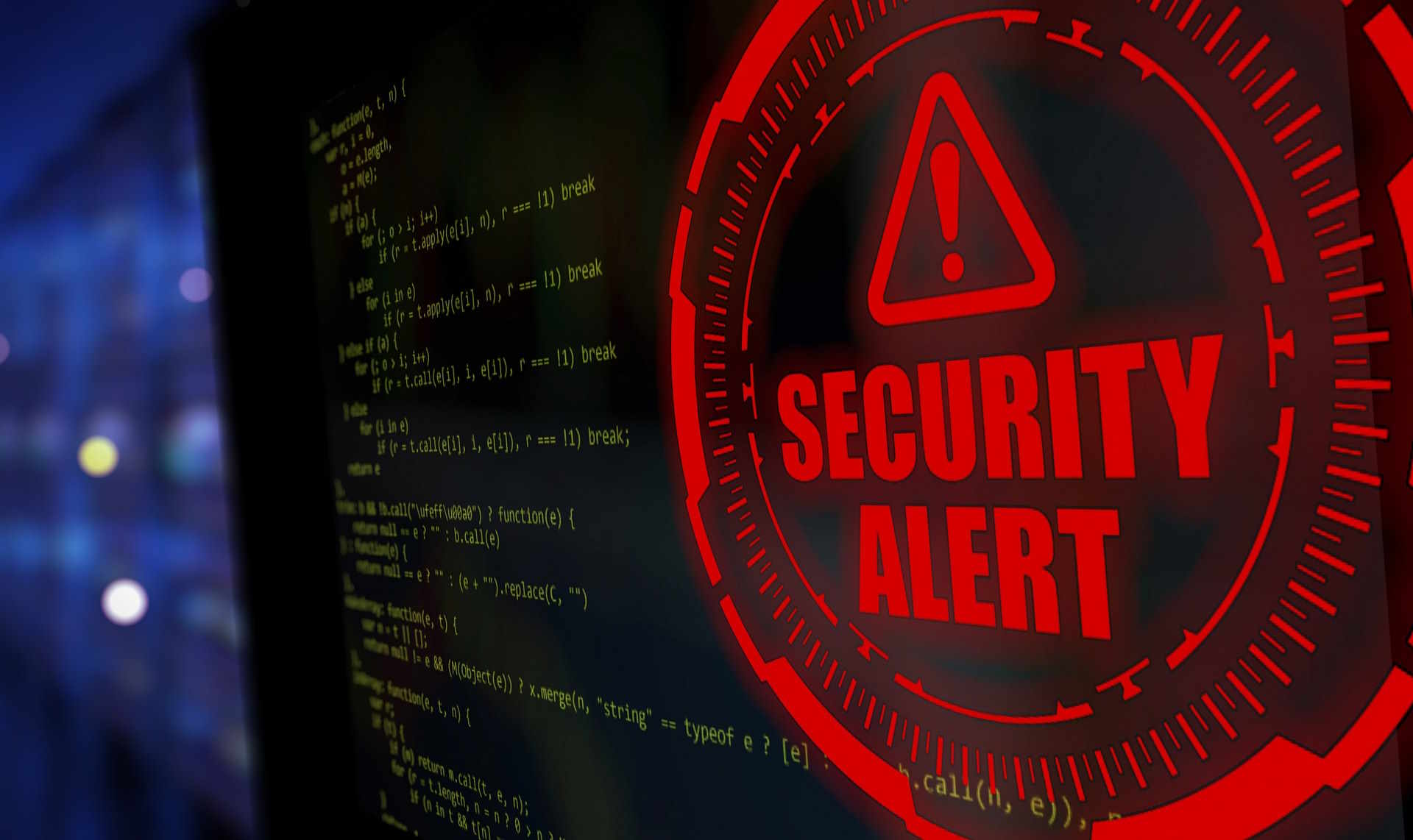Understanding SIEM Tools and Security Audit Solutions
In today's interconnected digital landscape, organizations face an ever-growing array of cybersecurity threats that can compromise sensitive data, disrupt operations, and damage reputations. Security information and event management software, along with comprehensive IT risk analysis tools, have become essential components of modern cybersecurity strategies. These technologies help businesses detect threats in real-time, analyze security events, and maintain compliance with industry regulations while protecting critical assets from sophisticated cyber attacks.

Cybersecurity has evolved from a technical concern into a fundamental business priority. As digital transformation accelerates across industries, the attack surface for potential threats continues to expand. Organizations must implement robust security frameworks that not only protect against current threats but also adapt to emerging risks. This requires a comprehensive approach that combines technology, processes, and expertise to create resilient defense mechanisms capable of identifying, analyzing, and responding to security incidents effectively.
What Are SIEM Tools and How Do They Work?
Security information and event management software represents a critical technology for modern cybersecurity operations. SIEM tools collect, aggregate, and analyze log data from across an organization’s entire IT infrastructure, including networks, servers, applications, and security devices. By centralizing this information, these platforms provide security teams with a unified view of their environment, enabling them to detect anomalies, identify potential threats, and respond to incidents more efficiently. The software uses correlation rules, machine learning algorithms, and threat intelligence to distinguish between normal activities and suspicious behavior that may indicate a security breach. Real-time monitoring capabilities allow organizations to identify and address threats before they escalate into major incidents, while historical data analysis helps security teams understand attack patterns and improve their defensive strategies over time.
How Do IT Risk Analysis Tools Strengthen Security Posture?
IT risk analysis tools provide organizations with systematic methods for identifying, assessing, and prioritizing cybersecurity risks across their technology environments. These solutions evaluate vulnerabilities in systems, applications, and networks, helping security teams understand where their greatest exposures lie. By conducting regular risk assessments, organizations can make informed decisions about where to allocate security resources and which vulnerabilities require immediate attention. These tools often incorporate threat modeling capabilities that simulate potential attack scenarios, allowing teams to test their defenses and identify gaps before real attackers exploit them. The continuous monitoring features enable organizations to track their risk posture over time, measure the effectiveness of security investments, and demonstrate compliance with regulatory requirements. Integration with vulnerability scanners, configuration management databases, and asset inventories ensures that risk assessments reflect the current state of the IT environment rather than outdated snapshots.
What Features Define Effective Security Audit Tools?
Security audit tools help organizations verify that their security controls are functioning as intended and that they meet compliance requirements. These solutions automate the process of examining system configurations, access controls, security policies, and user activities to identify deviations from established standards. Effective audit tools provide detailed reporting capabilities that document findings in formats suitable for both technical teams and executive stakeholders. They support various compliance frameworks including HIPAA, PCI-DSS, GDPR, and SOX, making it easier for organizations to demonstrate adherence to regulatory requirements. Many modern audit tools incorporate continuous monitoring features that alert security teams to configuration changes or policy violations in real-time rather than waiting for periodic audits. The ability to track changes over time creates an audit trail that proves invaluable during incident investigations and compliance reviews. Integration with ticketing systems and workflow automation ensures that identified issues are assigned to appropriate teams and tracked through resolution.
How Do Enterprise SIEM Solutions Differ from Basic Offerings?
Enterprise SIEM solutions are designed to meet the complex needs of large organizations with distributed IT environments, high data volumes, and sophisticated security requirements. These platforms offer scalability that allows them to process millions of events per second from thousands of sources across global operations. Advanced analytics capabilities leverage artificial intelligence and machine learning to detect subtle threats that rule-based systems might miss. Enterprise solutions typically include user and entity behavior analytics that establish baselines for normal activity and flag deviations that could indicate compromised accounts or insider threats. They offer extensive integration capabilities with third-party security tools, threat intelligence feeds, and orchestration platforms to create comprehensive security ecosystems. Customization options allow organizations to tailor dashboards, reports, and alerting mechanisms to their specific needs and workflows. High availability architectures ensure that security monitoring continues uninterrupted even during system failures or maintenance windows. Dedicated support and professional services help organizations optimize their deployments and maximize the value of their investments.
Cost Considerations for Security Information and Event Management Software
When evaluating security solutions, organizations must consider both initial implementation costs and ongoing operational expenses. Enterprise SIEM solutions typically involve significant investments that vary based on factors such as data volume, number of users, deployment model, and required features. Cloud-based offerings generally follow subscription pricing models that scale with usage, while on-premises deployments require upfront hardware and software purchases plus ongoing maintenance costs. Many vendors price their solutions based on events per second, log sources, or data volume processed, making it important to accurately estimate your organization’s needs. Implementation costs often exceed software licensing fees, as successful deployments require careful planning, configuration, integration, and staff training. Organizations should also budget for ongoing tuning and optimization to reduce false positives and ensure the system delivers actionable intelligence.
| Solution Type | Typical Provider Examples | Estimated Annual Cost Range |
|---|---|---|
| Cloud-based SIEM | Splunk Cloud, Microsoft Sentinel, Sumo Logic | $15,000 - $500,000+ |
| On-premises Enterprise SIEM | IBM QRadar, LogRhythm, ArcSight | $50,000 - $1,000,000+ |
| Mid-market Security Audit Tools | Qualys, Rapid7, Tenable | $10,000 - $100,000 |
| Risk Analysis Platforms | RiskLens, ServiceNow Security Operations | $25,000 - $250,000 |
Prices, rates, or cost estimates mentioned in this article are based on the latest available information but may change over time. Independent research is advised before making financial decisions.
Building a Comprehensive Security Monitoring Strategy
Implementing effective cybersecurity requires more than just purchasing tools. Organizations must develop comprehensive strategies that align security technologies with business objectives and risk tolerance. This begins with understanding what assets need protection, what threats are most relevant to your industry, and what compliance requirements you must meet. A successful security monitoring strategy combines multiple tools and approaches, including SIEM platforms for real-time threat detection, vulnerability management for identifying weaknesses, security audit tools for compliance verification, and risk analysis platforms for prioritizing investments. Integration between these systems creates a security ecosystem where information flows seamlessly and teams can respond to incidents efficiently. Regular testing through penetration testing and red team exercises validates that your defenses work as intended. Continuous improvement processes ensure that your security posture evolves alongside changing threats and business needs. Investment in staff training and awareness programs complements technical controls by reducing human-related risks that often represent the weakest link in security chains.
Cybersecurity remains an ongoing journey rather than a destination. As threats evolve and technology landscapes change, organizations must continuously adapt their security strategies and tools. Security information and event management software, risk analysis platforms, and audit tools provide the foundation for effective security operations, but success ultimately depends on how well these technologies are implemented, maintained, and integrated into broader security programs. By taking a comprehensive approach that combines the right tools with skilled personnel and well-defined processes, organizations can significantly reduce their risk exposure and protect their most valuable assets from cyber threats.




